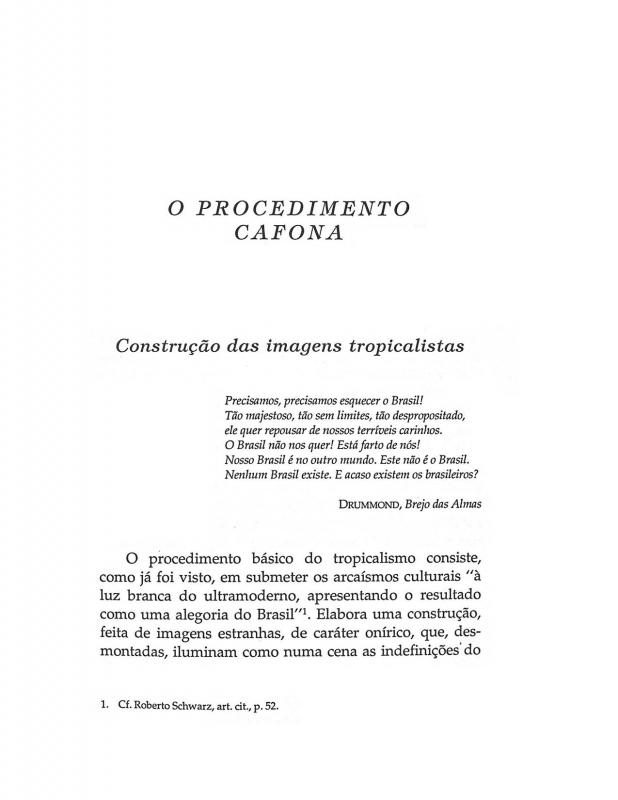“A organização do delírio” is the first chapter of A invenção de Hélio Oiticica, written by Celso Favaretto as his doctoral thesis in philosophy at the Universidade de São Paulo in 1988 and later published as a book in 1992. In this text, the writer discusses the work produced by the artist, in which two lines of modern art are interwoven. First, we see Constructivist art, when he takes the links between color and form to the limit; then we see the follower of Duchamp, starting with the “problem of the object” and the conceptual trend of his writings as points of departure for environmental statements. Favaretto’s book follows the chronological development of Oiticica’s work, with an attempt to show the internal logic that presided over the artist’s work for more than twenty years. This goes beyond the artist’s singularity and relationship to contemporary transformations in Brazilian art and culture, as well as the changes in the international art world.
Referring to the issue disseminated in songs related to “Tropicália,” Favaretto wrote “O procedimento cafona” [Kitsch Goings-On] [doc. no. 1110507], a text in which he demystifies the montages of those letters from songs of the 1960s. What the writer finds is a complete phantasmagoria or allegory of a slice of Brazilian life that was “hallucinated.”
Hélio Oiticica (1937–80) was a Brazilian artist producing Neo-Concrete art. Oiticica began to study painting with Ivan Serpa in 1954 at the Museu de Arte Moderna do Rio de Janeiro and later became a member of the Grupo Frente and of the Neo-Concrete movement. In addition to the geometric paintings he executed during his time with Serpa and as a member of Frente, Oiticica created performances and works of participatory art. His Parangolés (1964), layers made of fabric and recycled materials, were used for performances at the Escuela de Samba Mangueira. Oiticica also created spaces that surround the viewer, such as Nucleus (1959–60), an environment constructed with strips of painted wood hanging based on Piet Mondrian’s ideas about Constructivist art. In 1967, he created the environment Tropicália at the Museu de Arte Moderna do Rio de Janeiro. Tropicália was an installation of rooms with plants and materials, such as water, sand and stones, as well as a parrot, a television, and other elements of popular Brazilian culture. It was an environment designed to stimulate the senses. He also applied the same principles to Eden, another environment created by Oiticica in 1969 at the Whitechapel Gallery in London. The name of Tropicália was taken by Brazilian musicians to denote a new style of music that mixed international music and pop with traditional Brazilian music. The term “Tropicália” then came to be part of Brazilian popular culture and to have a meaning that was uniquely Brazilian. In 1970, Oiticica participated in the group show Information at the Museum of Modern Art in New York.

